Paltothyreus tarsatus
1299,90 zł
Paltothyreus tarsatus is a polygynous ant species with colony sizes reaching up to 5000 workers. They develop slowly and have a black coloration. Their nutrition consists of forage insects, fruits, and termites. They require a humidity level of 50-60% in the arena and 60-80% in the nest, with an arena temperature of 22°C.
| Behavior | |
|---|---|
| Difficulty in breeding | |
| Origin | |
| The size of ants | |
| Wintering |
Paltothyreus tarsatus: The Black Ant with a Unique Odor
In this product description, we will explore the various aspects of Paltothyreus tarsatus, a captivating ant species known for its distinct characteristics and peculiar odor. Learn more about its colony type, size, development speed, nutrition, and recommended nests for breeding.
Colony Type: Monogyny
Colony Size: Up to 2500 workers
Development Speed: low
Size and Color:
- Queen: 23-25 mm
- Workers: 15-22 mm
Color: Both the queens and workers of Paltothyreus tarsatus possess a distinct black coloration, making them easily distinguishable from other ants.
Nutrition:
Camponotus atriceps ants feed on a varied diet including:
- Food insects (such as cockroaches and crickets) dead, or live if colony is big
- Syrup (a mixture of water and honey or sugar, with a ratio of 4/3 water:1)
- Fruits and vegetables
- Jelly
- Cooked chicken without salt, shrimps
- Honey
Don’t forget to check out our food products to ensure a well-balanced diet for your colony!
Humidity and Temperature:
- Humidity: Arena: 50-60%, Nest: 60-80%
- Temperature: Arena: 22-30 °C, Nest: 25-28 °C
Characteristics of the Species
Paltothyreus tarsatus possesses a unique characteristic that sets it apart from other ant species – a distinct smell reminiscent of «rotten eggs.» This odor is caused by the secretions of the mandibular glands found in these ants. While the origin and purpose of this odor remain the subject of scientific study, it adds to the intrigue and fascination surrounding this species.
Recommended Nests for Breeding
When it comes to breeding Paltothyreus tarsatus, providing the right kind of nest is crucial for their survival and development. Acrylic, gypsum, and aerated concrete nests are the recommended nesting materials for these ants. These materials offer the ideal environment for the colony, ensuring optimal conditions for brood rearing, food storage, and general activities.
In conclusion, Paltothyreus tarsatus is a captivating ant species with unique characteristics and behaviors. Its polygynous colony type, distinct size, slow development speed, varied diet, and peculiar odor make it an intriguing subject for ant enthusiasts and researchers. By understanding their specific habitat requirements and providing suitable nesting materials, ant keepers can create a thriving environment for Paltothyreus tarsatus, allowing them to observe and learn from these remarkable creatures.


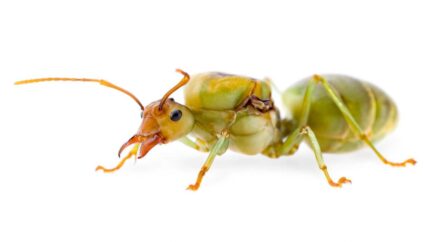
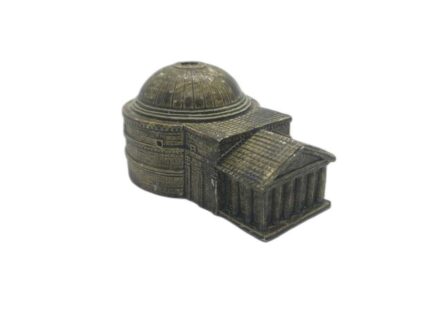

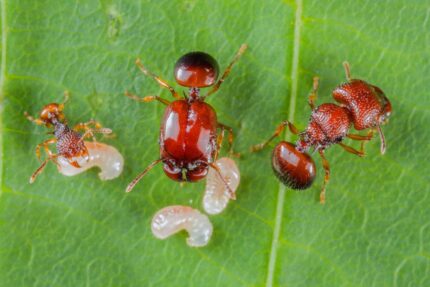
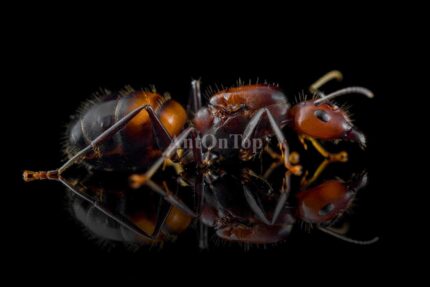
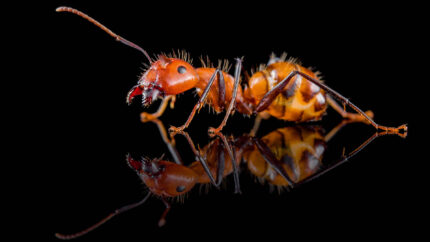


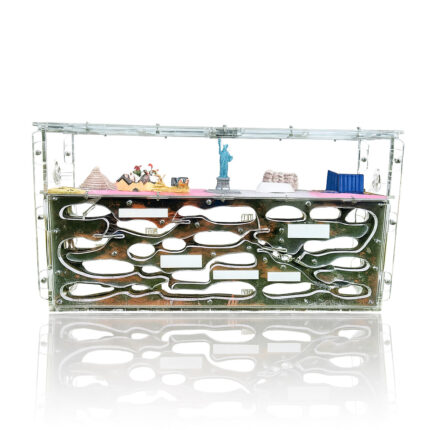
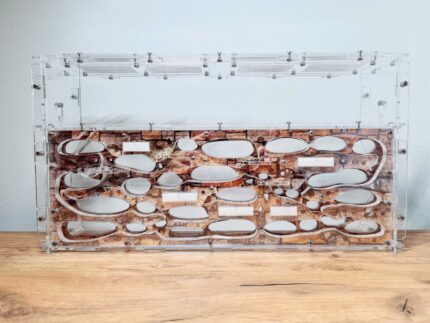
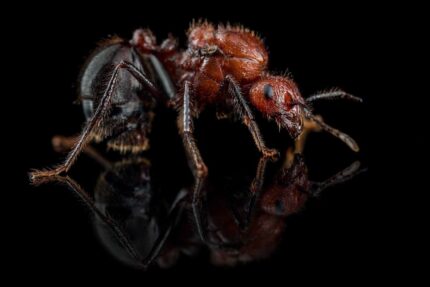

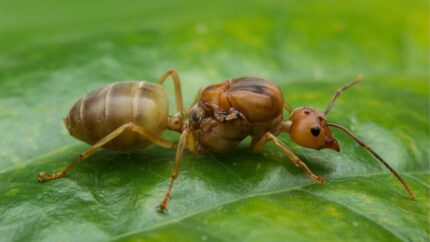
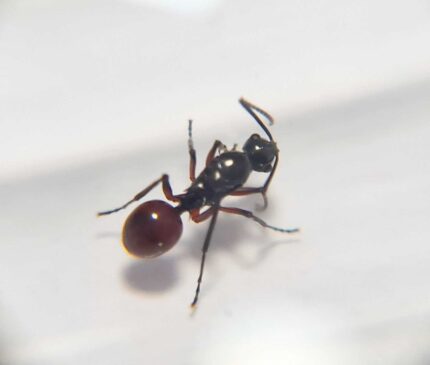
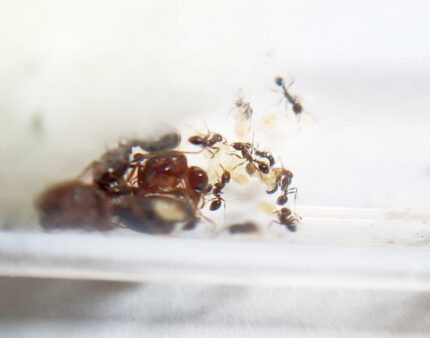
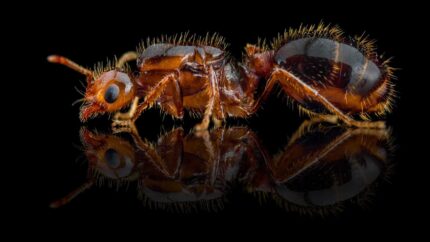
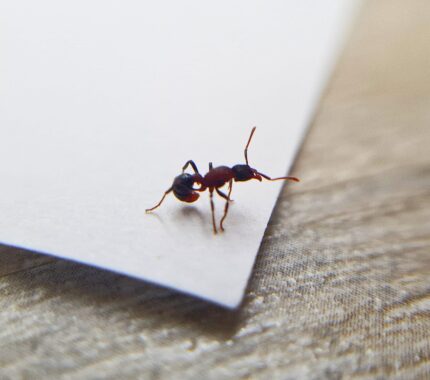
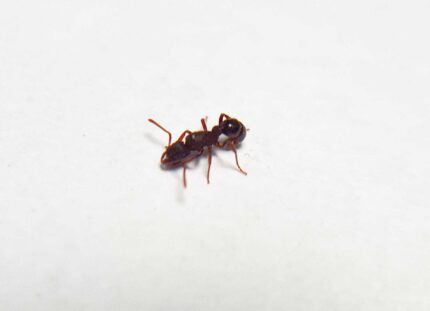
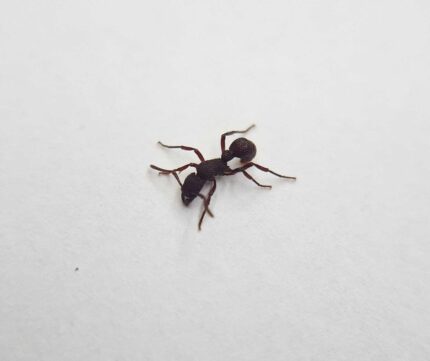
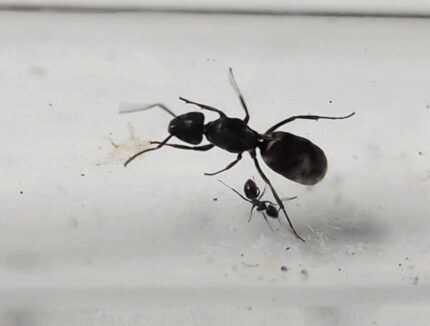
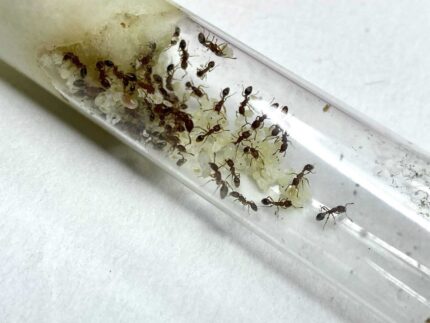
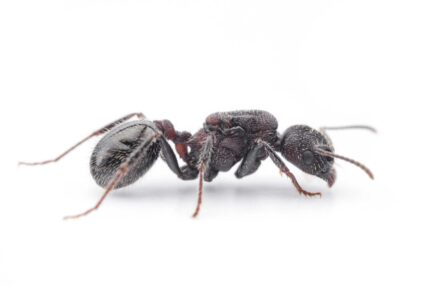
Valoraciones
Clear filtersNo hay valoraciones aún.